In this blog post I am going to continue to lay out a basic framework for ecological restoration and land management within Southeast Minnesota. Much of the info that I provide may also apply well within other regions and ecosystems, but I am going to specifically focus on the specifics of Restoravore’s direct area of influence.
Perhaps the title of this blog post is a bit of a misnomer. I will actually be describing some of the ecosystems that were common prior to settlement, our modern agricultural practices, and prior to widespread fire suppression.
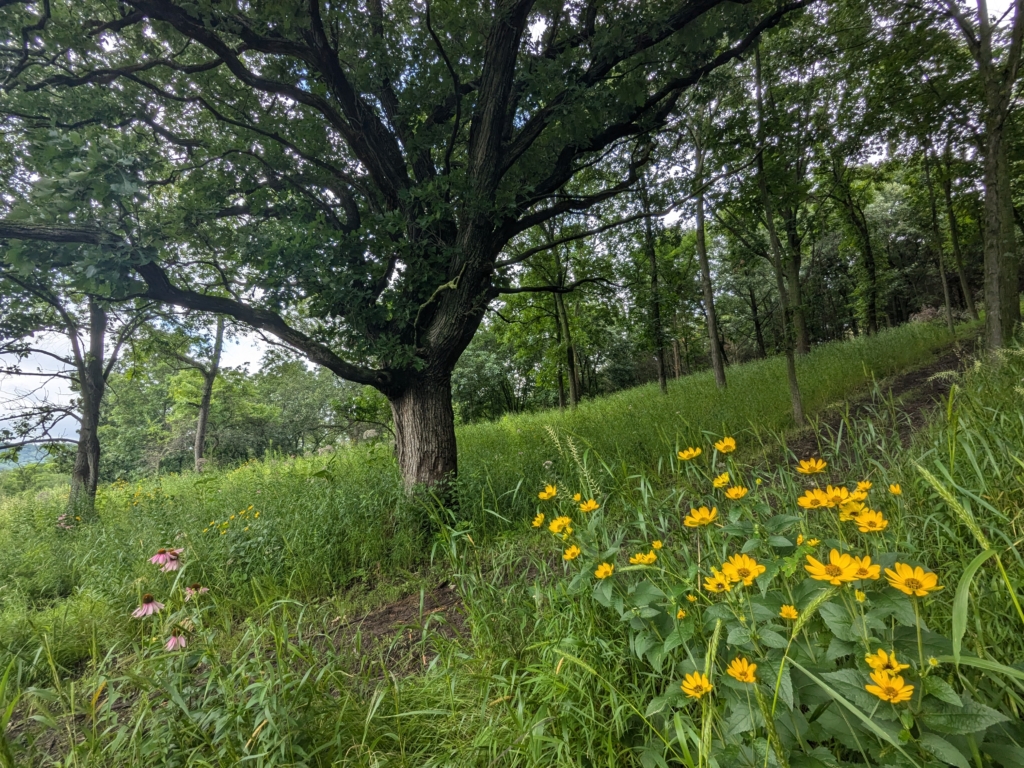
Savanna
Savanna is a term that could be used to encompass the broader landscape as a whole, perhaps even to the entire planet. A friend of mine has actually made some arguments towards that end. Some of his thoughts can be found in a podcast interview found here. Just be aware that I will sometimes refer to some of the other ecosystem/community types as simply landscape variations within a broader savanna landscape.
You will find that some agencies have very specific definitions of savanna with categories based on how scattered any existing tree populations are within a given context. These may grade from prairie (very few trees) to savanna (scattered trees) to oak openings (more trees but still with patchy openings) and then woodland (a mostly closed canopy). These descriptions can be useful, but we will eventually speak about how the ecosystem functioning across these gradations includes a lot of overlap. For our current purposes I will simply define savanna as a mostly open landscape dominated by fire-adapted species.
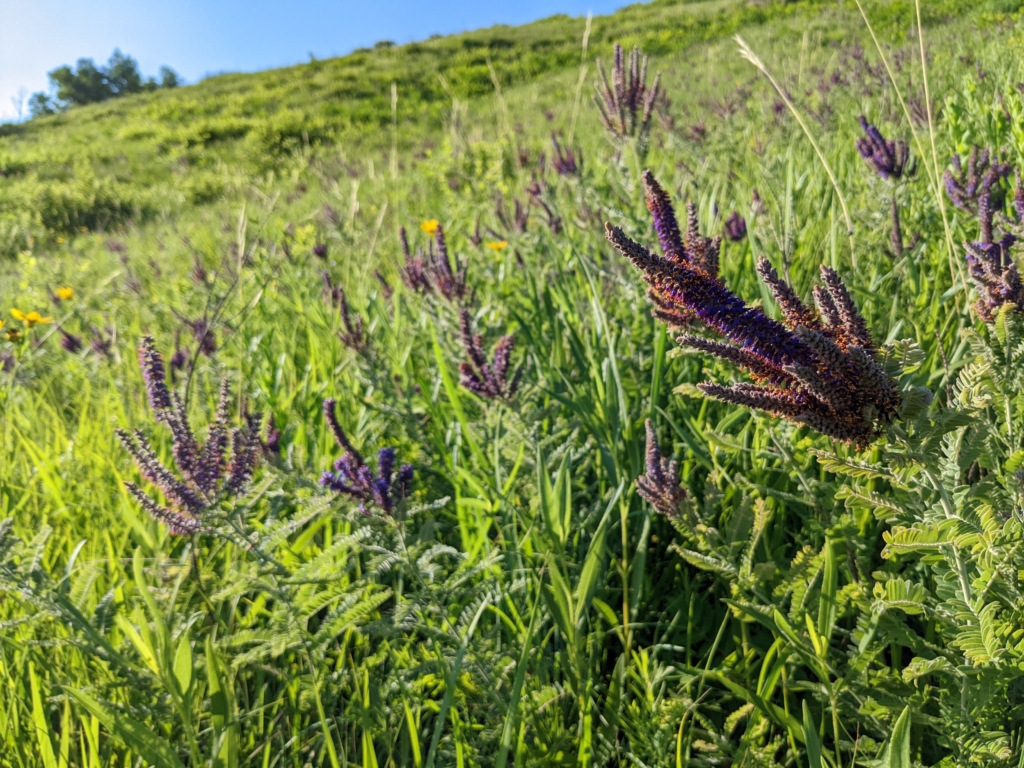
Prairie
I will define prairie as an open landscape dominated by fire-adapted grasses and forbs (wildflowers). Prairie in Southeast Minnesota today has been almost entirely eradicated by modern cropping and sustained periods of overgrazing. The few remaining prairies are on scattered sites where contextual extremes do not allow farm equipment to access, and where cattle have found it too steep. In our neck of the woods we typically have two names for our remaining prairie: sand prairie (where crops have failed to be viable), and bluff or ‘goat’ prairies (steep slopes where ‘only goats’ could navigate the steep pitches).
In Southeast Minnesota we have virtually no remnant prairies on flat land in mesic (moderately moist) soils. Those sites have all either been converted to cropland or have been developed. The only examples of what we could reasonably call Tallgrass Prairie in our area are reconstructed plantings. That said, our historic landscape was at one time dominated by prairie. Prairie once filled the deep-soiled flat lands and the thin, rocky bluff slopes, the wetlands, the streambanks and the sandy barrens. The earliest drawings, paintings and surveyor’s notes in our area described a land almost entirely free of trees, but rather clothed in grasses and wildflowers.
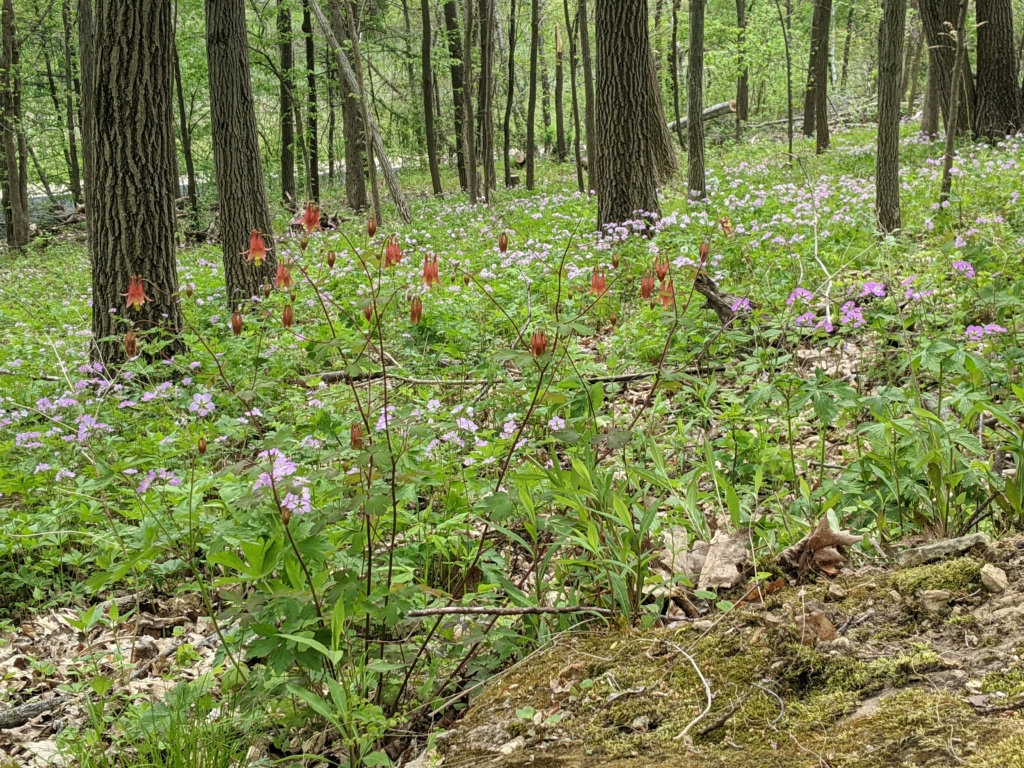
Woodland
A woodland can be defined as a plant community dominated by trees, but one typically found in conjunction with adjacent prairie and savanna. The higher density of trees is the primary recognizable feature, and as such, the distinction between savanna and woodland can be a bit subjective. Woodlands contain a much higher percentage of shade tolerant species, as well as species that specialize in completing their full growth cycles in the early spring (ephemeral species). There is a strong overlap in species composition between savanna and woodland, with the latter, perhaps, having exchanged more of the full-sun adapted species for shade tolerant ones. One may find many similarities in the species composition under an individual tree in a savanna as one might find in a woodland.
You may begin to observe that questions of scale are important when discussing ecosystem and community differences. Whether one zooms out to a broad view, or whether one narrows in on a finer scale might cause one to describe things differently. For the sake of discussion, if we had scattered clumps of woodlands within a greater grassland context would we call them woodlands, or would we call the whole thing a savanna? If we really inspected a single tree thoroughly we would find that it is made up of an entire community entirely of its own!
In our area we speak of Oak woodlands. Oaks, along with Hickories and a few other species are actually adapted well to grassland ecosystems. One might argue that they are true grassland species. If you look closely at our wooded spaces you will actually find that these important tree species are on their way out. The excessive nutrient buildup, the closing canopy, and the resulting increases in moisture (and then fungal disease) is hitting these ecological rockstar species hard, preventing them from reproducing and favoring the more shade and high nutrient adapted species instead.
Our grassland tree species also happen to be very well adapted to fire. This is another key characteristic of much of our local ecology. The thick bark on oak and hickory trees helps them withstand fires that would have been typical during the long period of indigenous coevolution with our North American Ecology. The leaves of these savanna trees also reinforce the system’s own capacity for fire. They tend to dry, curl, and accumulate in a manner that encourages fire to carry through the plant community and maintain the conditions that favor their kinds. This is in stark contrast to species whose leaves absorb moisture, decompose quickly and generally resist fire. Those species frequently tend to be very fire sensitive.
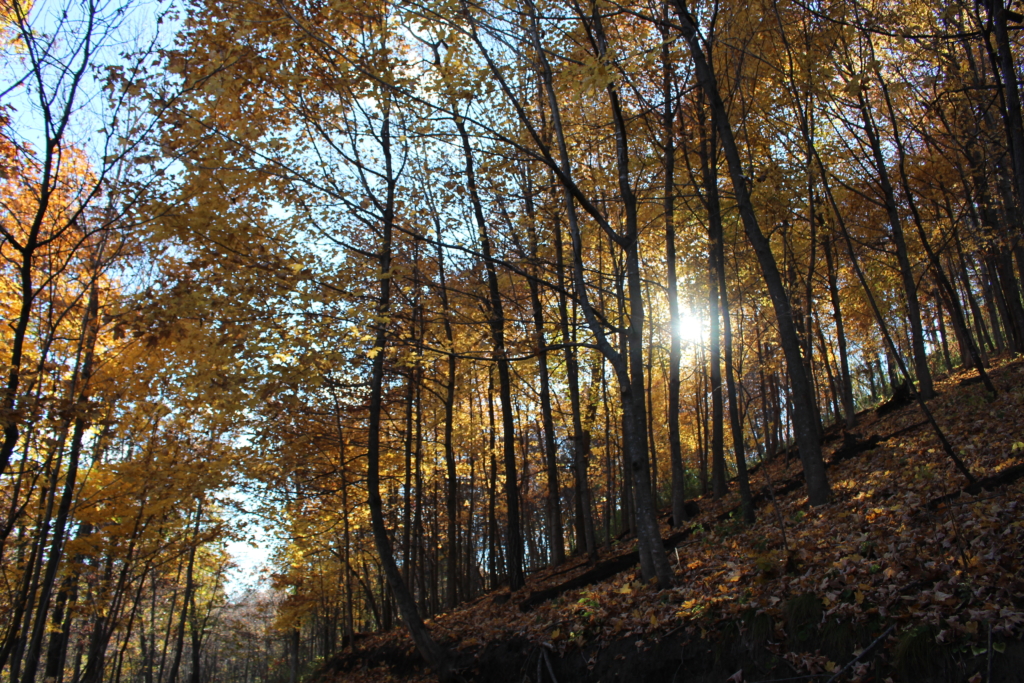
Forest
Forest is a confusing term to define in our area simply because it is, more often than not, misused. There are many different types of forest in the world and some fit the designation better than others. In our area, much of the wooded space might be more accurately described as woodland, savanna, or as formerly one of the latter. I tend to align more with that philosophy, understanding forests to have developed along a somewhat different evolutionary line.
A true forest is a highly developed ecosystem of its own right where some high degree of natural complexity and relationship between species has evolved. It may be fire adapted, or not. The few examples of what I would call forest in our region are often characterized by the presence of sugar maple and basswood communities. But the presence of those species does not, by itself, indicate true forest ecology. Those species can also be present in niches within savanna and woodland systems, and their presence can even contribute to nudging those systems out of their normal domains of stability and resilience and turning them into something else (often into exotics-invaded dysfunctional systems).
In my mind, a real forest patch in our area must have developed the complexity and service provisioning characteristics of a fully functioning ecosystem. One shortcut I have for identifying ‘forest-ness’ at a given site is the presence of a dense layer of ephemeral understory species in the early spring season. These species are representatives of a community that has filled its environmental and temporal niches. Remember that ‘nature abhors a vacuum’. I am always trying to deduce whether what I am looking at is a fully functioning system, or simply the aftermath of a system that was pushed beyond its limits.
This problem is made more confusing by the presence of large tracts of land in our region with official labels like ‘The Richard Dorer Memorial Hardwood Forest’, or by community classifications such as ‘floodplain forest’. Whether we call something a forest (or not), in the end, probably doesn’t actually matter as much as our ability to evaluate the health of the system, and to work towards correcting issues of functionality.
I have to be honest and admit that I often find myself skeptical of those who flippantly use the term forest, for the simple reason that I find very few true forest examples present (there are maybe a few sites). Maybe some of these other, more transitional sites could someday develop into forests. But I wonder how long will that take, with how many costly inputs, and with what collateral loss?
In the deep history of Earth, subtropical forests, to a large degree, became modified by the incursion of grasses, large grazing megafauna, and fire-wielding humans, these all working in a seemingly coordinated fashion to reshape the planet ecology. It has been said that forest can turn into grassland, but grassland can’t turn into [true] forest. I’m not sure if that’s entirely accurate or not, but it’s an idea worth chewing on.
For the sake of simplicity, I would recommend the practice of viewing our ecosystems, to at least some degree, through the wide-angle lens of Savanna. We are surrounded by what once was a fire-adapted ecosystem, attractive to herbivores, with varying densities (more or less) of scattered trees. This savanna ecosystem may now be in disarray, but all is not yet entirely lost. This is the framework within which I will offer restoration and management advice in the subsequent posts within this series.
I’ll be continuing this series by next describing the concept of ‘ecosystem invasion’.
This series of posts can be found in the ‘Resources’ page of our website.

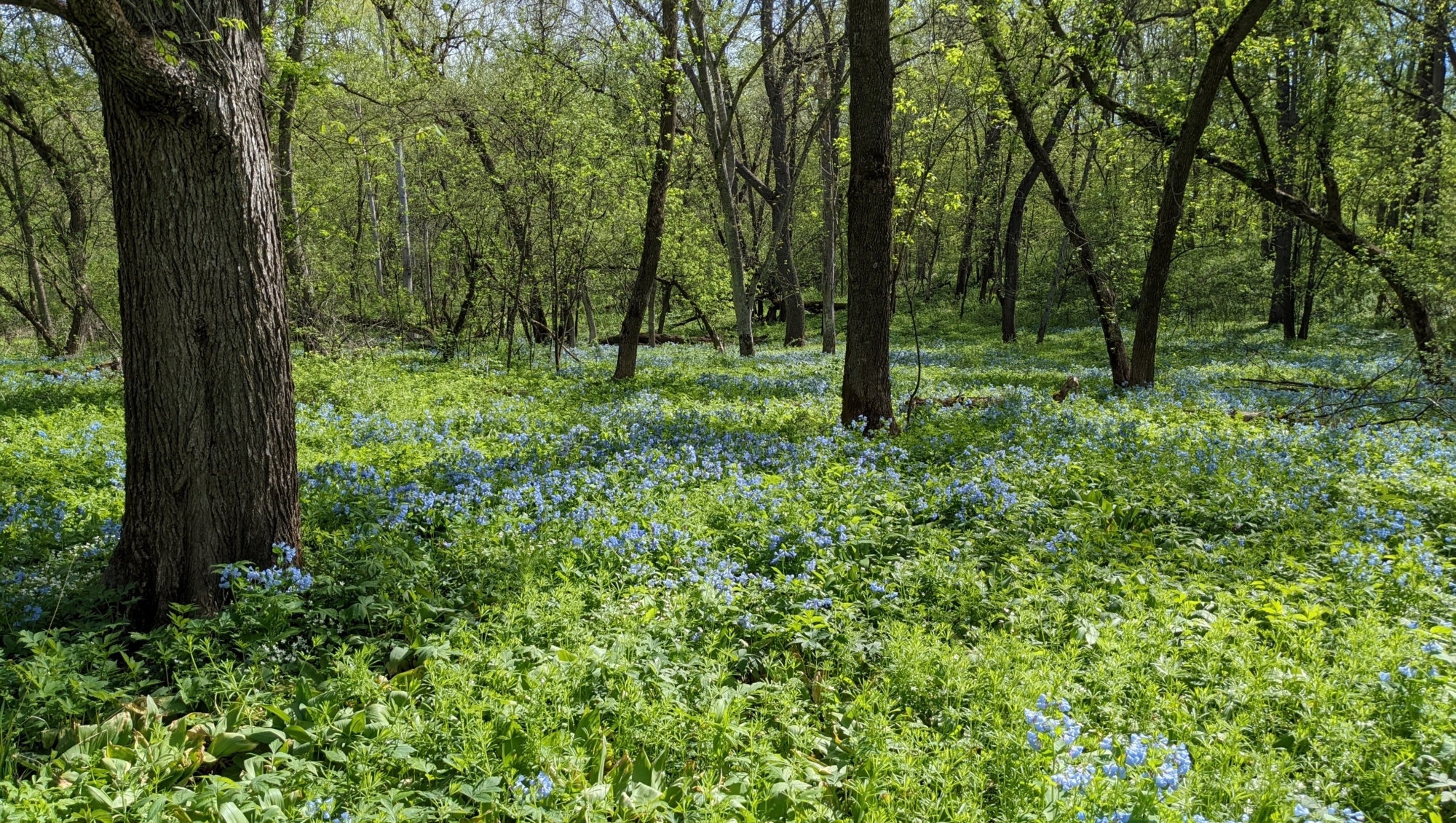


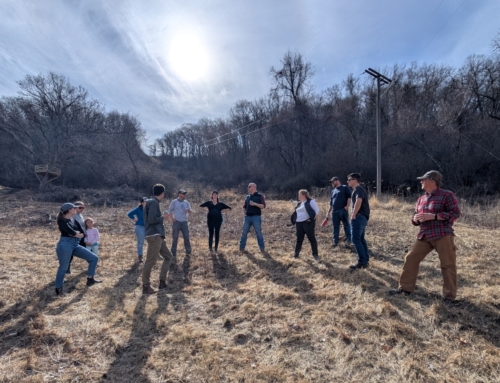
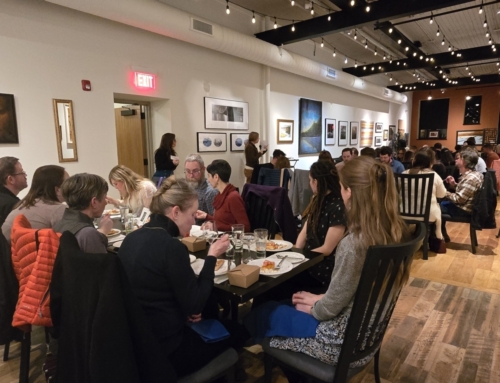
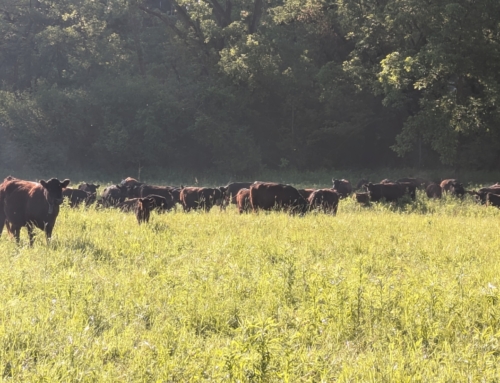
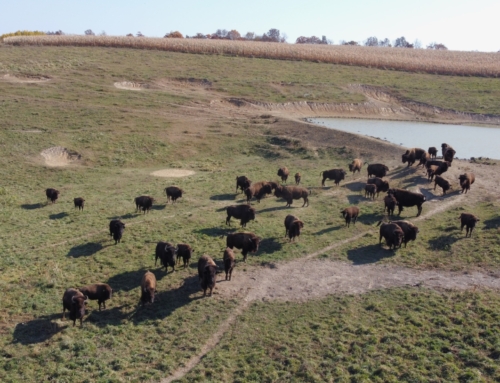
Leave A Comment